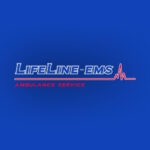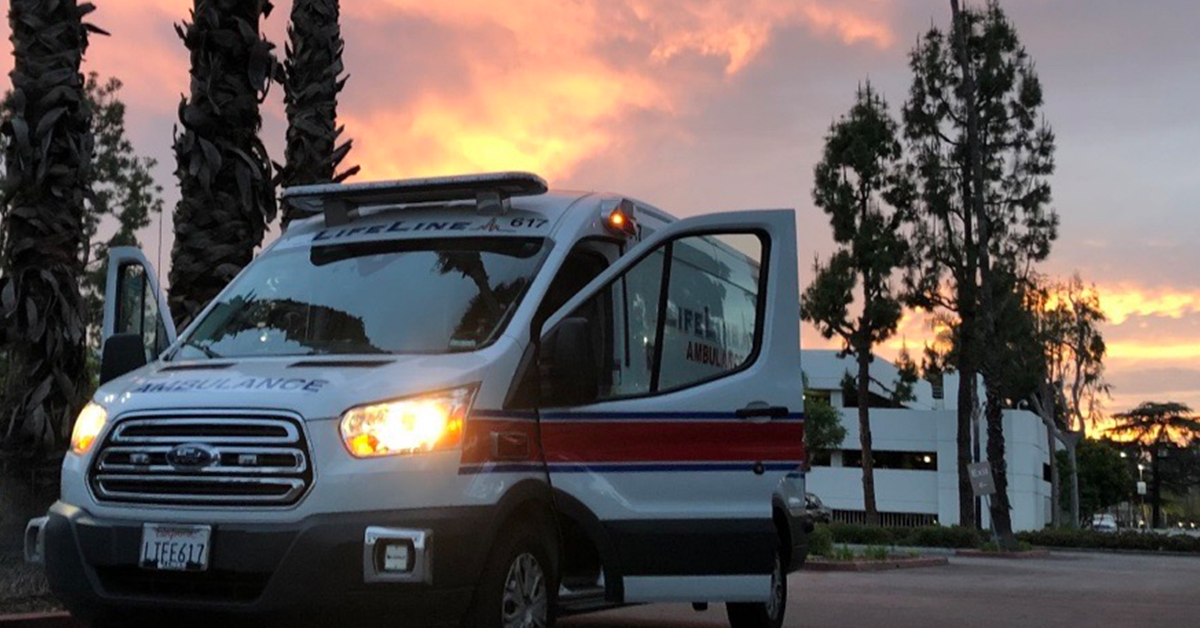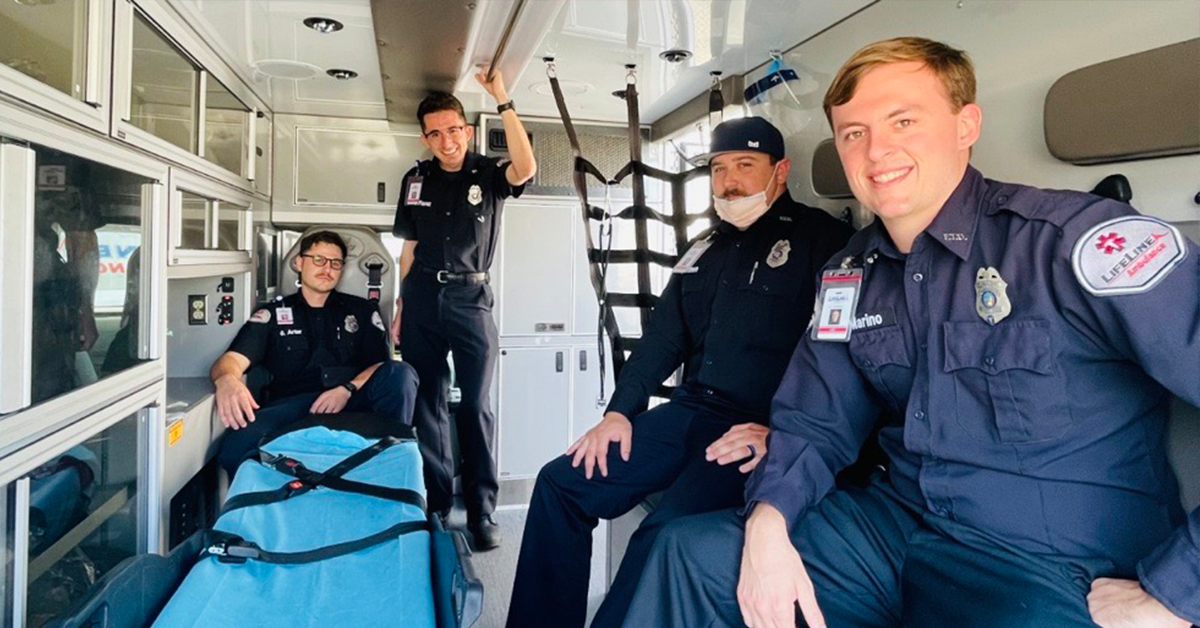The field of Emergency Medical Services (EMS) is evolving to meet the diverse and dynamic needs of a changing population. As demographics shift and new healthcare challenges emerge, EMS providers must continually adapt to ensure they provide effective, efficient, and patient-centered care. In Los Angeles and Southern California, LifeLine EMS is at the forefront of these changes, adopting innovative practices and strategies to better serve its community. This article explores how EMS services are adapting to meet the needs of a changing population and the key trends shaping the future of emergency medical care.
The Changing Landscape of EMS
Several factors contribute to the changing landscape of EMS, including demographic shifts, advances in medical technology, evolving patient expectations, and the impact of public health crises. Understanding these changes is crucial for EMS providers to adapt effectively and continue delivering high-quality care.
Key Factors Influencing the Evolution of EMS:
- Aging Population: The number of older adults is increasing, leading to a higher demand for EMS services to address age-related medical conditions, such as cardiac events, falls, and chronic diseases.
- Cultural Diversity: Los Angeles and Southern California are home to diverse populations with varying cultural, linguistic, and socioeconomic backgrounds. This diversity requires EMS providers to adapt their services to meet different needs and expectations.
- Chronic Conditions and Comorbidities: More patients present with multiple chronic conditions, requiring EMS providers to deliver more complex and coordinated care.
- Advances in Technology: New medical technologies and data-driven approaches are transforming how EMS providers assess, treat, and transport patients.
- Public Health Crises: The COVID-19 pandemic highlighted the need for EMS providers to adapt quickly to new protocols, safety measures, and increased patient volumes.
How EMS Services Are Adapting to a Changing Population
EMS providers are implementing various strategies to meet the evolving needs of their communities. Here are some of the key ways EMS services are adapting:
1. Enhancing Training and Education
To better serve a diverse and aging population, EMS professionals are receiving enhanced training in various areas, including cultural competence, geriatric care, and mental health support.
- Cultural Competence Training: EMS providers are undergoing training to understand cultural differences and communicate effectively with patients from diverse backgrounds. This training ensures that all patients receive respectful and personalized care.
- Geriatric Care: With the increasing number of older adults, EMS professionals are being trained in geriatric care to address age-specific medical issues, such as fall prevention, medication management, and dementia care.
- Mental Health Support: Recognizing the growing need for mental health care, EMS providers are receiving training to handle psychiatric emergencies, provide emotional support, and connect patients to appropriate mental health resources.
2. Utilizing Advanced Technology
Advances in technology are revolutionizing EMS services, improving patient care, and enhancing operational efficiency.
- Telemedicine Integration: EMS providers are incorporating telemedicine into their operations, allowing EMTs and Paramedics to consult with physicians remotely, make real-time decisions, and provide more informed care on the scene.
- Electronic Patient Care Reporting (ePCR): Digital platforms for patient care reporting are replacing paper-based systems, improving the accuracy of patient data, and facilitating better communication with hospitals and other healthcare providers.
- Mobile Health Applications: EMS providers are leveraging mobile apps to access patient information, track health trends, and offer preventative care resources, enhancing overall patient care coordination.
3. Expanding Community Paramedicine Programs
Community paramedicine, also known as mobile integrated healthcare, is an emerging model that expands the role of EMS providers beyond emergency response to include preventive care, chronic disease management, and patient education.
- Preventive Care and Home Visits: Community paramedics provide preventive care services, such as vaccinations, wellness checks, and health education, helping to reduce the number of emergency calls and hospital admissions.
- Chronic Disease Management: EMS providers are increasingly involved in managing chronic conditions by conducting regular home visits, monitoring vital signs, and ensuring medication compliance. This proactive approach helps prevent medical emergencies and improves patient outcomes.
- Patient Navigation: Community paramedics assist patients in navigating the healthcare system, connecting them with primary care providers, specialists, and social services, ensuring they receive comprehensive care.
4. Adapting to Public Health Crises
EMS providers are developing strategies to quickly adapt to public health crises, such as pandemics, natural disasters, or mass casualty incidents.
- Infection Control Protocols: EMS agencies have strengthened infection control protocols, including the use of personal protective equipment (PPE), enhanced cleaning procedures, and staff training on infectious disease management.
- Flexible Staffing Models: To manage surges in patient volume, EMS providers are adopting flexible staffing models, such as cross-training staff for multiple roles, expanding the pool of available responders, and leveraging part-time or volunteer personnel.
- Telehealth and Remote Monitoring: EMS providers are utilizing telehealth and remote monitoring tools to support patients at home, reducing the burden on emergency departments and minimizing exposure risks for both patients and responders.
5. Focusing on Data-Driven Decision Making
Data analytics is becoming a crucial tool for EMS providers to improve patient care, optimize resource allocation, and enhance operational efficiency.
- Predictive Analytics: EMS agencies are using predictive analytics to identify patterns and trends in emergency calls, allowing them to anticipate demand, allocate resources more effectively, and reduce response times.
- Quality Improvement Initiatives: Data-driven insights help EMS providers identify areas for improvement, such as reducing response times, improving patient outcomes, and enhancing overall service quality.
- Performance Metrics: EMS agencies are tracking key performance indicators (KPIs) to monitor their effectiveness and make informed decisions about staffing, training, and resource deployment.
How LifeLine EMS is Adapting to Meet the Needs of a Changing Population
LifeLine EMS, serving Los Angeles and Southern California, is committed to adapting to the evolving needs of its community by implementing innovative strategies and best practices. Here’s how LifeLine EMS is leading the way:
Embracing Cultural Competence and Diversity
LifeLine EMS is dedicated to providing culturally competent care to its diverse community. This includes offering language services, cultural sensitivity training, and ensuring that care is tailored to the unique needs of each patient.
- Language Services: Bilingual staff and interpretation services are available to ensure clear communication with patients who speak different languages, enhancing patient comfort and care.
- Cultural Awareness Training: LifeLine EMS provides training for its staff to better understand cultural differences and provide respectful, personalized care.
Advancing Technology and Innovation
LifeLine EMS leverages advanced technology to enhance patient care and streamline operations.
- Telemedicine Capabilities: LifeLine EMS uses telemedicine to connect EMTs and Paramedics with medical professionals in real time, ensuring that patients receive timely, informed care.
- Electronic Health Records (EHRs): Digital patient care reporting improves data accuracy, communication, and coordination with hospitals and other healthcare providers.
Expanding Community Paramedicine and Preventive Care
LifeLine EMS actively participates in community paramedicine programs to provide preventive care, chronic disease management, and health education.
- Home-Based Care: LifeLine EMS conducts home visits for high-risk patients, helping manage chronic conditions, provide education, and reduce the likelihood of emergency situations.
- Health Screenings and Education: Community outreach initiatives include health screenings, vaccinations, and education programs to promote wellness and prevent emergencies.
Enhancing Public Health Preparedness
LifeLine EMS is committed to maintaining high standards of preparedness for public health crises.
- Pandemic Response Plans: LifeLine EMS has developed robust response plans to handle pandemics and other public health emergencies, ensuring the safety of both patients and staff.
- Infection Control Measures: Strict infection control protocols and ongoing staff training are in place to prevent the spread of infectious diseases.
Keep Reading
Want more? Here are some other blog posts you might be interested in.
Emergency Medical Services s a high-stress, physically demanding profession that requires dedication, quick decision-making, and resilience. While the rewards of saving lives...
Emergency Medical Services professionals are often the first point of contact during critical health crises. While technical expertise is essential in emergency...
Emergency Medical Services play a critical role in ensuring the health and safety of communities. In Southern California, including Los Angeles, the...






